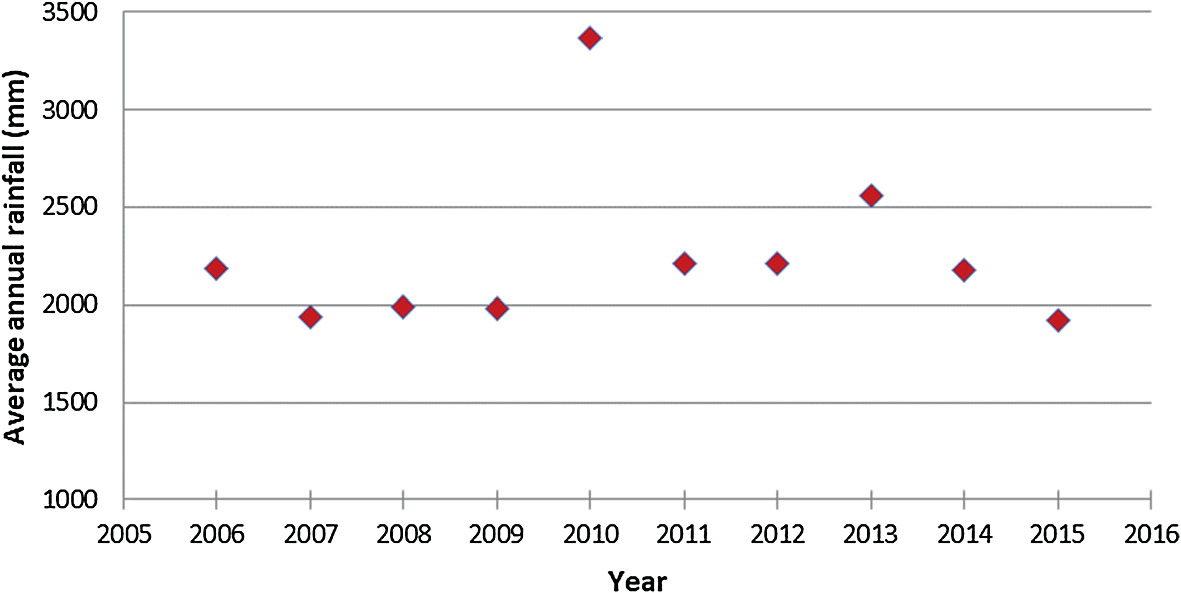

Retrieved August 15, 2018, from Sistem Informasi Sumber Daya Air website: īerkes, F., & Folke, C. Kupang: NTT Watershed Management Planning Project.īalai Wilayah Sungai Nusa Tenggara II. Land Tenure di Daerah Aliran Sungai Mina. Adaptive Capacity and Community-Based Natural Resource Management. Agricultural Water Management, 98(1), 96–104. Micro-catchment water harvesting potential of an arid environment. #.details#Īli, A., Yazar, A., Abdul Aal, A., Oweis, T., & Hayek, P. The construction of new retention basins could transform the roles of a landlord from a land custodian into a land-owner and transform common-pool resources into private goods.

In the past, the landlord would wisely distribute land and water as social goods so each person living in his ancestral land would not suffer from hunger. The findings suggested that further investigation of the tenurial system and its transformation was needed whenever a vital construction such as retention basins would occur. A landlord had the traditional rights as a land custodian of the retention basin and all resources on his lands. The word landlord implied a tenurial or property rights system. Informants from 5 villages interviewed and involved in focused group discussions consistently mentioned the word landlord in stories of water conflict, sabotage, and exclusion of access to water. Using the Social-Ecological System Framework (SESF), the study found that one of the Governance components of SESF, property rights, is problematic in achieving CPR. However, retention basin as CPR is not happening. Underwater provision program of GoI, all of small retention basin management were handed over to a local community to become common pool resources (CPR) of the community. Inequality of distribution and usage of water from retention basin has become latent issues for more than 20 years. In the small island of Semau where the study is undertaken, the availability of more than 24 retention basins did not solve freshwater problem. To ensure water availability for domestic and agriculture purposes, the Government of Indonesia (GoI) has built hundreds of retention basins in all islands in East Nusa Tenggara Province from 1985 until recent times. Freshwater is the most fundamental issue in small islands because small islands have a very small catchment area and a low water retention capacity. The landlords, the peasant, and the retention basin: Local political ecology of water management in the small island of Semau, Kupang, Indonesia. Based on the results, the highest removal efficiency was observed in the sand media amended with 50 % pumice and planted with lemongrass, while the lowest was found in the barren sand media. The results also showed that the removal efficiency of TSS, COD, NO 3–N, NO 2–N, PO 4–P and total coliforms were in the range of 93.7–97.3 %, 52–83 %, 63–86 %, 51–74%, 81–88 % and 92–97 %, respectively. The adsorption of PO 4–P followed the Langmuir model with adsorption capacity was 0.089 and 0.067 mol/g for pumice and sand, respectively. The loading rate of domestic wastewater into the VF mesocosms was 2 L/day while inflows and outflows were determined for nutrients, organic matter, suspended solids and coliform. Furthermore, the barren media were applied to investigate the effect of lemongrass. The treatments were based on percentage of sand media amended with pumice and planted with lemongrass. Furthermore, Six vertical flow (VF) mesocosms with a diameter of 10.2cm and 55cm depth were established over six months. The adsorbents were characterized using X-ray diffraction, FTIR and XRF followed by adsorption experiments for PO 4–P. Therefore, this study aims to evaluate the potential of pumice amended with sand media and planted with lemongrass ( Cymbopogon citratus) in CWs to remove organic matter, suspended solids, nutrients, and coliform. However, research on amendment of pumice with other media in CWs is still limited. Pumice is a material which is potential used as a media. Recently, investigations into the usage of local materials and plants in CWs has increased. The performance efficiency in constructed wetlands (CWs) technology is primarily affected by the media material and the types of plants used.


 0 kommentar(er)
0 kommentar(er)
